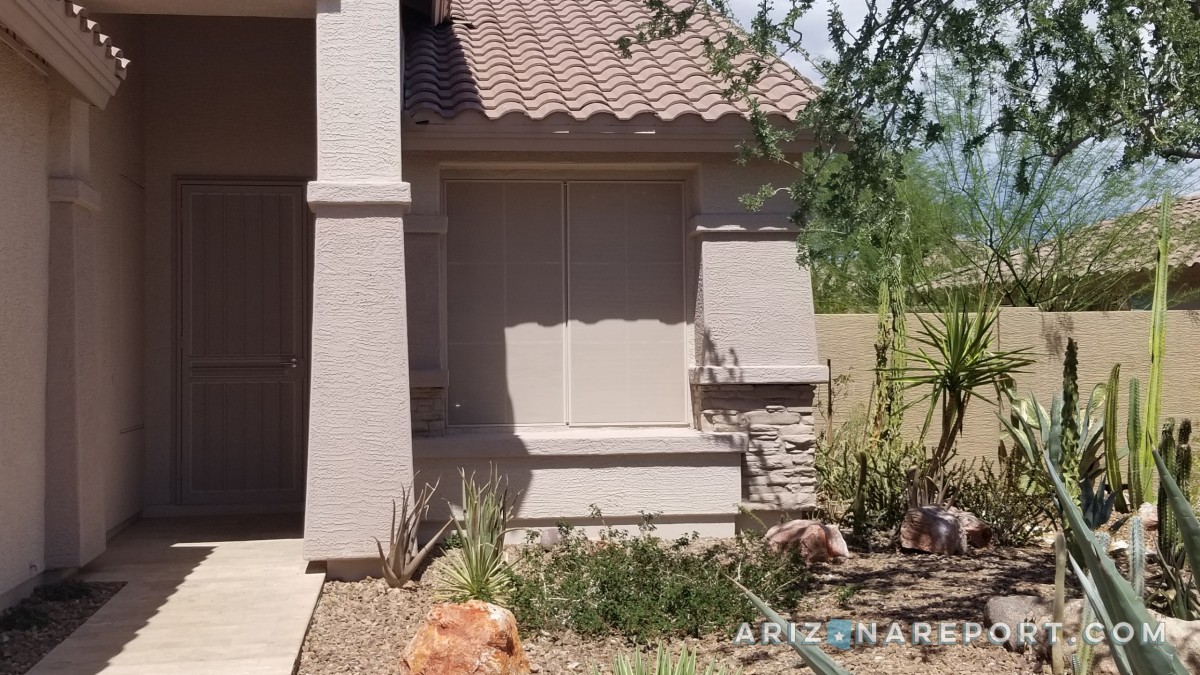- Fountain Hills Ties as Safest Zip Code in Phoenix - Oct 14, 2019
- How Many Single-Family Homes in Maricopa County? - Oct 13, 2019
- Investing in Multi-Family Real Estate in Your 20s - Oct 9, 2019
Your five senses will give you a lot of information about a home that you are considering for purchase. However, when you walk through the door on your first visit to any new prospective home, always lead with your nose.
Exclude the other senses. Just for 15 seconds. There will be a lot of sensory information from your eyes and ears coming at you over the ensuing half hour. Visual information can wait. Close your eyes and take a whiff. Faint odors can give you a lot of investigative leads on a home’s history.
It’s a routine that I picked up from a veteran home inspector many years ago.
First things first
Here is the reason why you need to sniff first upon arrival.
Your sense of smell (known as olfaction) dulls rapidly in a new environment to prevent your brain from being overloaded with sensory information. In neuroscience circles, it is called olfactory fatigue. The olfactory system in the nose transmits odor signals to the brain. Olfactory fatigue occurs when the brain lowers the perceptible intensity of odors that you are exposed to. The purpose is that it gives the brain more “bandwidth” to process neural information on other, newer stimuli in your environment.
Remember walking into Grandma’s house just before the holiday meal? Inviting aromas of basted turkey, breads, vegetable casseroles, fruit pies and cakes filled the air. But a few minutes later, you perceived the same smells with much less intensity.
Olfactory fatigue is the reason is why perfume counters at department stores will have a canister of ground coffee beans for customers to sniff and “reset” the sense of smell between perfumes and colognes. Otherwise, the subtle nuances between fragrances would be imperceptible. It is also the reason that smokers cannot readily discern smoke odor at a bar.
So when you spend 30 minutes in the home without dialing into odors, your sense of smell for the offending aromas will be diminished. You might miss important clues about mold, mildew or pet odors during the showing.
What am I smelling for?
Dial into any of these odors upon arrival at your showing appointment:
- mildew/mold
- cat urine
- dog odor
- natural gas
- tobacco/smoke/cigar
- sewer gas/septic
- air fresheners
- fireplace flue/soot
Mold and mildew on the surface of drywall can be painted over and hidden, but mold inside the wall cavity is much harder to detect. It is not unusual for me to sniff at the electrical wall outlet covers after picking up on a musty odor in a room. These are open recesses into the air cavity and can be a good place to detect mildew problems by smell.
Air freshener overload
Be attentive to a seller’s liberal use of air fresheners in a home for sale. I showed a vacant listing recently to a buyer in north Phoenix. It was that visit that prompted this post.
The ranch home had an overwhelming potpourri of scents from no less than five plug-in air fresheners. It was floral overkill for a 1,800 square foot property. My buyer client even commented that the strength of scents gave her a headache. It made me wonder if there was a pet odor or moisture problem that the seller was attempting to cover up.
If a home that you want to buy has been blanketed by air fresheners, request that the seller remove these well in advance of your home inspection appointment.
To borrow a phrase from the toucan on the Fruit Loops cereal box, “Follow your nose, it always knows!”
Have a story about a mysterious odor in a home? Leave me a note in the comment section below.
There is a peculiar burning odor in the room, like explosives… Then she opens the oven door. At once, the kitchen fills with smoke and the hot, sweet, ashy smell of scorched cookies. The war has begun.
– from The War Between the Tates, by Alison Lurie, American novelist and Pulitzer Prize winner







